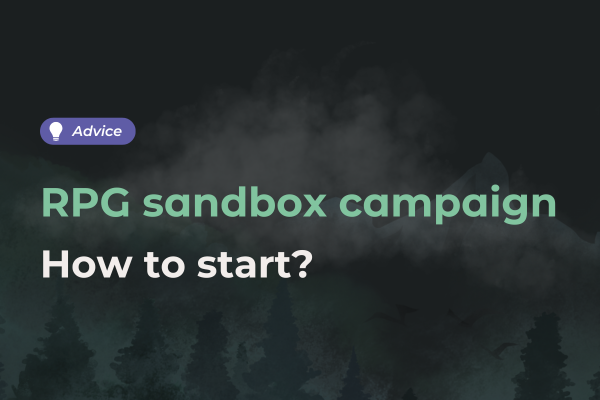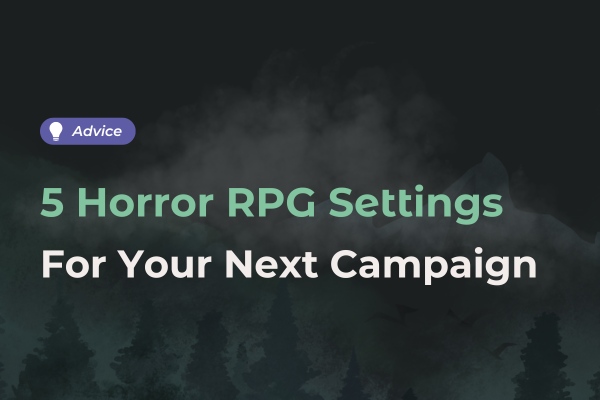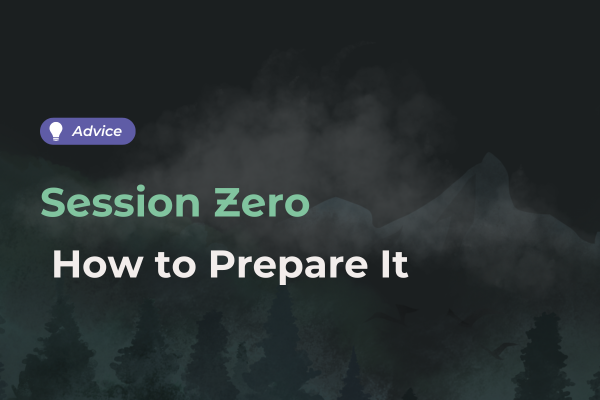
How to create a RPG sandbox campaign?

Creating a sandbox campaign in tabletop role-playing games means offering your players an open, dynamic, and responsive world where they can move freely without following a linear storyline.
Although this approach is highly appreciated by players, it requires a specific kind of preparation for the Game Master. That’s why we’ve put together our tips to help you build a successful sandbox campaign.
What is a sandbox campaign?
A sandbox campaign is a non-linear type of campaign that allows players to explore an open world. As a GM, this approach requires some foresight—not only to ensure consistency between scenes, but also to maintain a coherent overarching storyline throughout the campaign.
This is precisely the kind of challenge Tome, our scenario-building software, was designed for. When building your campaign, you can mix linear and non-linear chapters as needed.
How to create a successful sandbox campaign?
If you’re about to run your first sandbox-style campaign, here are some key principles to keep in mind. They’ll help you manage your sessions smoothly and give your players a rich, engaging experience.
Prepare without overwriting
As the GM, we recommend preparing your campaign—but without adding too much detail. Leave room for your players’ creativity to shine through in every session.
In Tome, we’ve developed several features to help you stay flexible while still keeping a written record:
- Personal messaging, which lets you send notes to yourself during the session and later insert them where they belong.
- Choices, which allow you to save decisions made during a particular dilemma and bring them to the fore during future chapters, scenes or arcs.
- Roles, which let you remember “who did what” during a session, always with the option of referring to them later.
- Open editing, so you can write directly into your scenes during the session if needed.
Build modular worldbuilding
To ensure your campaign blends seamlessly into your world, we suggest preparing the core elements. Players will want to explore freely—but that doesn’t mean you can’t plan out certain encounters in advance.
You should, however, be prepared to adapt certain elements: the equipment and behavior of NPCs encountered by players, secret passages to be traversed, and so on. Thanks to the template system, you can quickly add new pages in the same format. Players can then take full part in the creation!
With Lore’s worldbuilding features, you can easily create a rich lore that helps you answer player questions on the fly and keep the world coherent even with unexpected situations.
Mastering improvisation
Improvisation plays a key role during a sandbox campaign. If you’re already an experienced GM, you can lean into your improvisational skills as much as you like.
If you've never run a non-linear campaign before, we advise you to try a first linear session and then add some non-linear arcs. This will give you a common thread, but still allow players a certain amount of freedom.
Check out our full article on improving your improvisation skills as a GM—it might come in handy for your next sessions.
Anticipate players’ behavior
Even though a sandbox campaign thrives on creativity and improvisation, you can still anticipate certain player behaviors and prep some scenes ahead of time.
If you’ve played with your table before, you probably already know how they tend to interact with the world.
For example, if one of your players always casts a spell on a door before trying the handle, plan a trap—and the consequences—that trigger when they do!
With a well-prepared world, running a sandbox campaign becomes second nature. Trust yourself, and get ready for your next adventure!





